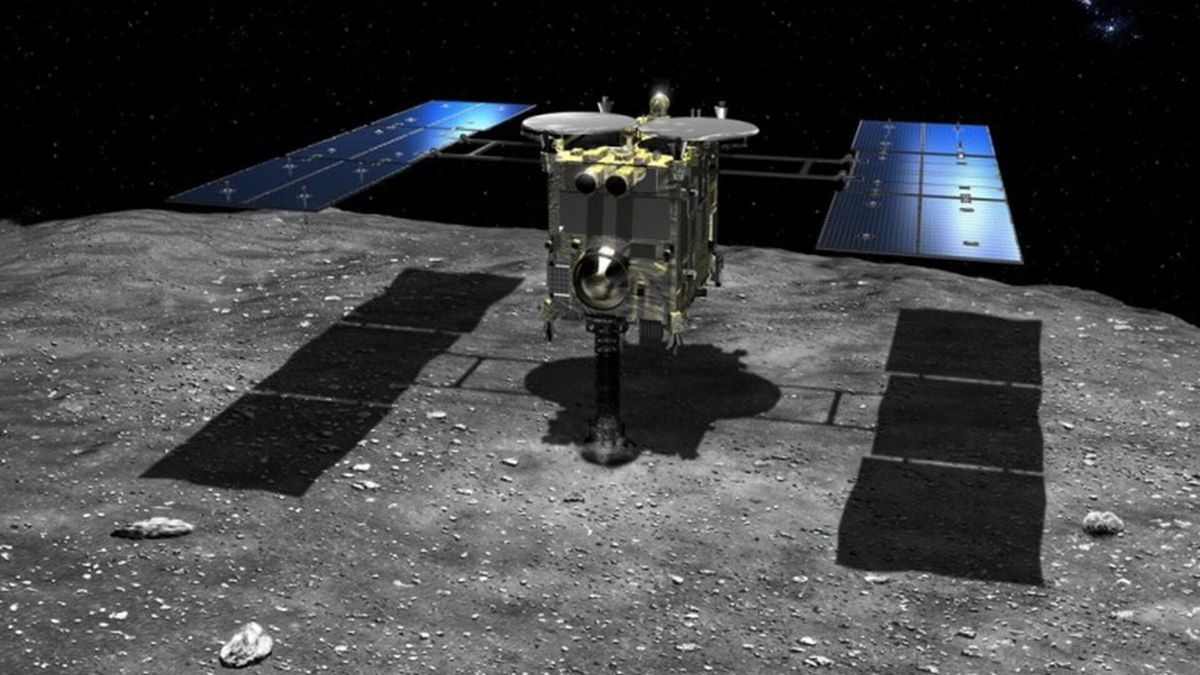The asteroid broke away from a larger body and migrated toward Earth, a new analysis has revealed.
An analysis of samples collected from the asteroid Ryugu has revealed its origins and birthplace.
The findings show that even though Ryugu is now classified as a near-Earth object, its journey to the inner solar system began hundreds of millions of miles away and billions of years ago.
One piece of evidence that Ryugu originated at the edges of the solar system is that the grains that make up the asteroid are finer than they would be if they had formed at the higher temperatures found closer to the sun.
Carbon dioxide and water would have existed in solid form at around three to four times the distance from the sun to Earth, meaning Ryugu's parent body was located at least that far away, possibly even beyond the orbit of Jupiter.
Ryugu is believed to have formed when a larger body was smacked by another space rock, and like the fingerprint of ice, a large amount of pyrrhotite helps to limit where Ryugu's parent asteroid was located when this collision happened.
"Our results and those from other teams show that these asteroid samples are different from meteorites, particularly because meteorites have been through fiery atmosphere entry, weatherization, and in particular oxidation on Earth," Michael Hu, a physicist at Argonne and a member of the research team, said in the statement!
Thus far, the research indicates that Ryugu's parent body formed around 2 million years after the solar system did.
Although this parent body was initially composed of many different materials — including water and carbon dioxide ice — over the following 3 million years, this ice melted and left a hydrated interior and a relatively dry surface.
A billion years or so later, the parent body experienced the cosmic collision that blasted off fragments that coalesced to become the asteroid we call Ryugu. .
— Asteroid Ryugu samples, now on Earth, reveal inner workings of the space rock.
The fragments' lack of shocked materials, which are created by asteroid strikes or other impacts, indicates that Ryugu formed away from the collision and then migrated toward the inner solar system, the researchers said.
